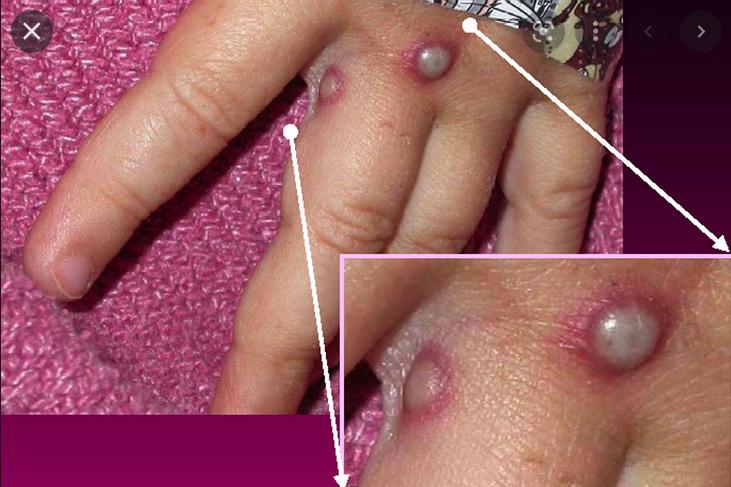Africa-Press – Gambia. Islamabad : Confirmation of nearly 100 cases of Monkeypox mostly from non-endemic regions, in over a dozen countries around the globe with the largest number in the UK, and reporting of over 130 suspected cases have convinced health officials to issue an alert. However, still, no case has so far been reported from Pakistan.
Nothing to panic about yet in Pakistan. We are still in a safer zone. The government and health care providers should join hands and formulate policies for disease surveillance and vigilant case management, said Professor of Pathology and Microbiologist Professor Dr. Humaira Zafar while talking to ‘The News’ in connection with the reemergence of Monkeypox viral infection.
She added that monkeypox is considered a rare disease caused by monkeypox virus, which belongs to Orthopoxvirus genus from a family of Poxviridae. The same genus also includes variola, cowpox, and vaccinia viruses. Variola virus is responsible for smallpox infection, vaccinia virus is used in the preparation of the smallpox vaccine thus, showing a close association of monkeypox with smallpox infection.
Dr. Humaira said the vaccination against smallpox also helps prevent monkeypox infection. Since the time of eradication of smallpox way back in 1980 by WHO, the routine smallpox vaccination was discontinued. Hence became a reason for arising cases of monkey pox around the globe, as the reduced immunity might become a main predisposing factor, she said.
She further explained that rodents and monkeys are associated with the spread of the infection. Tracing back in history, it was first identified in 1958 amongst the colonies of monkeys kept for research purposes and while their transfer from Singapore to Denmark. In 1970 the cases were initially found in the Democratic Republic of Congo, Central and West Africa, and Europe and then involved many regions of the world. The cases were mostly identified as travelers or imported animals.
Talking of recent cases, she said most of the cases so far are among gay and bisexual men. Thus, the transmission routes can be exposure to secretions of infected persons or animals. Portal of entry could be via broken skin lining, respiratory tract, mucous membranes that are eyes, nose, or mouth, bite or scratch of animals, contaminated bedding, or improperly cooked meat of an animal. So, the health officials accentuated that anyone can contract the virus through close personal contact, she said.
Talking of symptoms, she said the duration of occurrence of symptoms ranges from five to 21 days. The clinical symptoms are considered to have less severe intensity than smallpox. They include fever, headache, muscle aches, backache, swollen lymph nodes, chills, exhaustion, and rash. The rash can appear on the face, genitals, palms, soles of the feet, and elsewhere on the body. The specific lesion can range from flat, raised, or pus-filled ones, mimicking herpes, syphilis, or chickenpox. This is for general public awareness that even the cases can initially present with genital rash, and some did not report other symptoms. So far available data from Africa concluded a death rate of 3.6 per cent while in Congo, it was reported as around 10 per cent, said Professor Humaira.
So far, the infection claimed no life around the globe. But since a Global hue and cry started, a high alert was notified in Pakistan as well.
She said monkeypox is usually self-limiting but may be severe in some individuals, such as children, pregnant women, or persons with immune suppression due to other health conditions. Human infections in the West African clade appear to cause less severe disease compared to the Congo Basin clade, with a case fatality rate of 3.6% compared to 10.6% for the Congo Basin clade, she said.
Though there is no specific anti-viral, but a ray of hope is the presence of the U.S. Food and Drug Administration, approved attenuated live virus vaccine. The best option at the time is, however, following preventing measures like avoiding contact with suspected or sick animals. The suspected patients should be isolated. Ensure maintenance of good hand hygiene after contact with infected animals or humans is frequent hand washing with soap or alcohol-based sanitisers and use of protective equipment (PPE) when caring the patients or animals, said Professor Humaira.
For More News And Analysis About Gambia Follow Africa-Press






